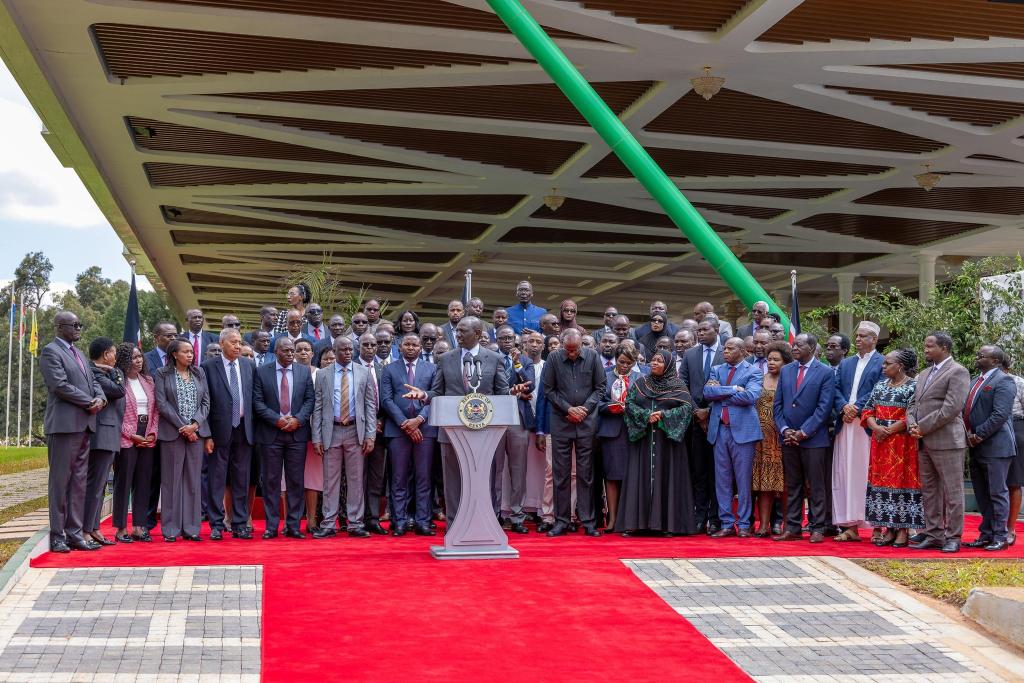Counties blow budgets on pay, ignore services

According to the Controller of Budget’s 2024-25 budget implementation review, none of the 47 counties used more than 50 per cent of their development budgets in the first nine months of the financial year.
A new government report has exposed huge disparities in how county governments are spending public funds, with dozens failing to invest even a third of their budgets in development projects.
According to the Controller of Budget’s 2024-25 budget implementation review, none of the 47 counties used more than 50 per cent of their development budgets in the first nine months of the financial year.
Thirty-six counties spent less than 30 per cent, showing a worrying trend of underinvestment in services that directly affect citizens.
Counties performing worst include Nakuru and Kisumu, each spending just 10 per cent of their development budgets. Lamu used only 13 per cent, while Taita Taveta managed 14 per cent.
The report also highlights the performance of other counties that fell short: Embu (16 per cent), Nairobi (17 per cent), Nyeri (18 per cent), Baringo (18 per cent), Kajiado (19 per cent) and Kisii (19 per cent).
In contrast, Busia emerged as the top performer, using 45 per cent of its development allocation. Other notable counties include Garissa and Mandera (41 per cent), Narok (39 per cent), and Siaya, Nandi and Samburu (36 per cent).
“Analysis of development expenditure as a proportion of the approved annual development budget showed 36 county governments had an absorption rate of 30 per cent or less, and no county government had a development absorption rate exceeding 50 per cent,” reads the report by Controller of Budget Margaret Nyakang’o.
The report paints a grim picture of how devolved units have prioritised payment of salaries over development. In total, counties spent Sh154.94 billion on staff compensation, compared to just Sh56.87 billion on development.
Salaries took up 54 per cent of the total expenditure, with an additional 26 per cent going to operations and maintenance. That means only 20 per cent of all county spending went to development projects.
The wage bill remains alarmingly high in major counties. Nairobi leads with Sh12.83 billion in salaries, followed by Kiambu (Sh6.38 billion), Machakos (Sh5.2 billion), Kisumu (Sh4.18 billion) and Kakamega (Sh4.98 billion).
In counties with poor development spending, personnel costs consumed most of the budgets. Lamu paid Sh1.43 billion out of its Sh2.22 billion, while Taita Taveta used Sh2.2 billion out of Sh3.5 billion. Nakuru allocated Sh4.8 billion out of Sh8.5 billion, and Embu used Sh2.15 billion.
The Controller’s report calls on counties to realign their spending with the law. Section 107(2)(b) of the Public Finance Management Act requires that at least 30 per cent of the total budget go to development spending.
If this trend continues, experts warn that the promise of devolution to bring services closer to the people will remain unfulfilled, as salaries take up the lion’s share of public funds.
